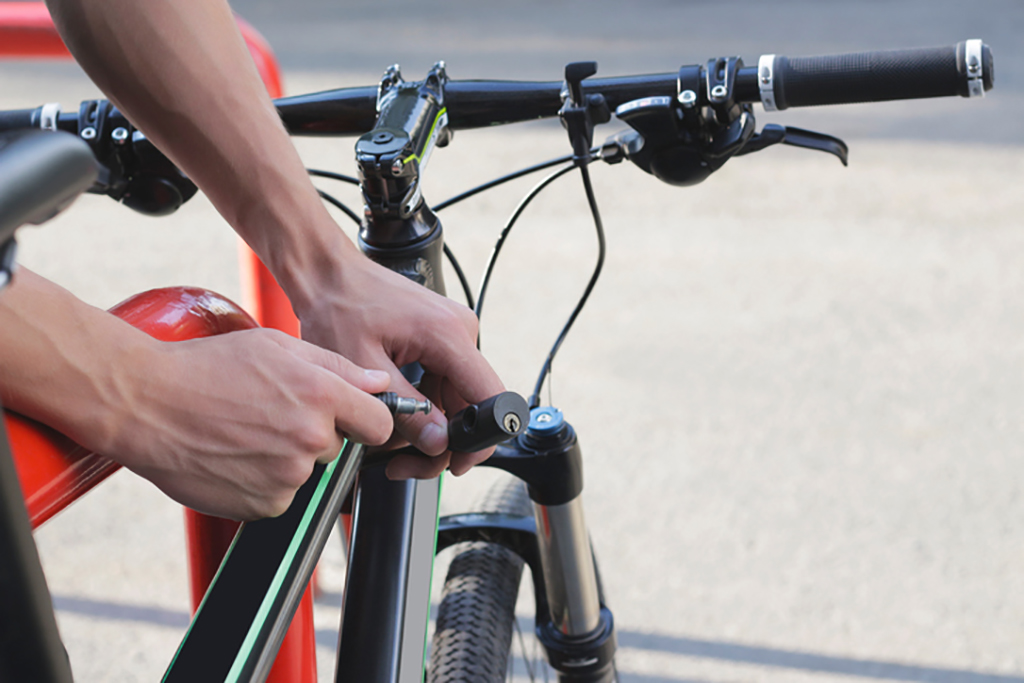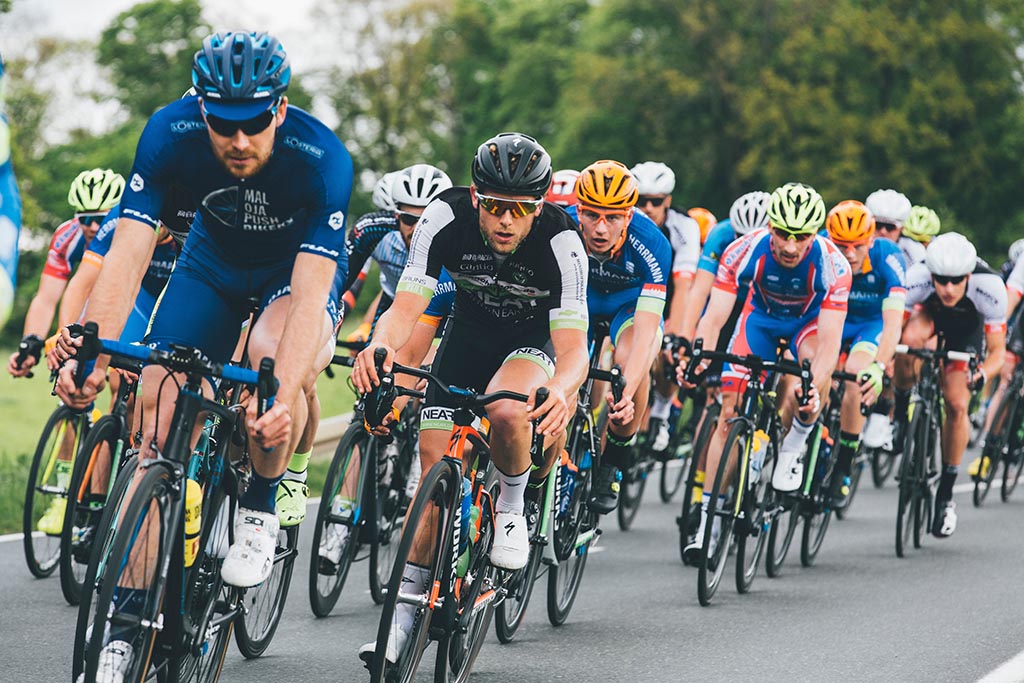If you have never been in a bicycle accident involving another driver (or even cyclist), then you are pretty lucky. However, if you use your bicycle almost every day for your commute, then you have likely had a few near misses by now. Unfortunately, for those who have ever been the victim of a road crime while on their bicycle and have gone to court, you have had to deal with the often incomprehensibly soft sentences towards the offending party. In the eyes of other cyclists, at very least, these sentences don’t match the crime.
For crimes that involve bicycle damage and minor injuries, light sentences are understandable, but what about an accident that results in the death of a cyclist? If a car had negligently not given the due space to another car on the road, and then hit and killed the other driver, it is not likely they would get off with community service, but such are the feather light punishments for drivers responsible for killing cyclists.
There have been many debates on this lapse of punishment between government officials and cycling advocate groups, but with no relief to be found by cyclists. Unfortunately, in this car-oriented world, for some reason cyclists still don’t seem like people.
Have you been a victim of a cycling accident and aren’t getting the justice you deserve? Contact us today so the Gary Brustin Law Office can fight hard for your human rights as a cyclist. You shouldn’t have to have justice denied to you just because you don’t drive a car.




